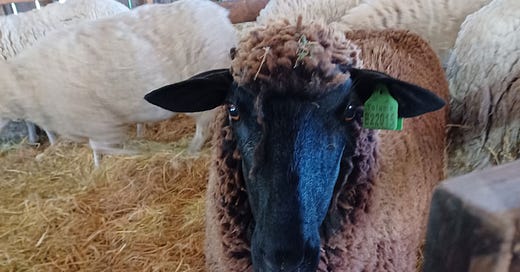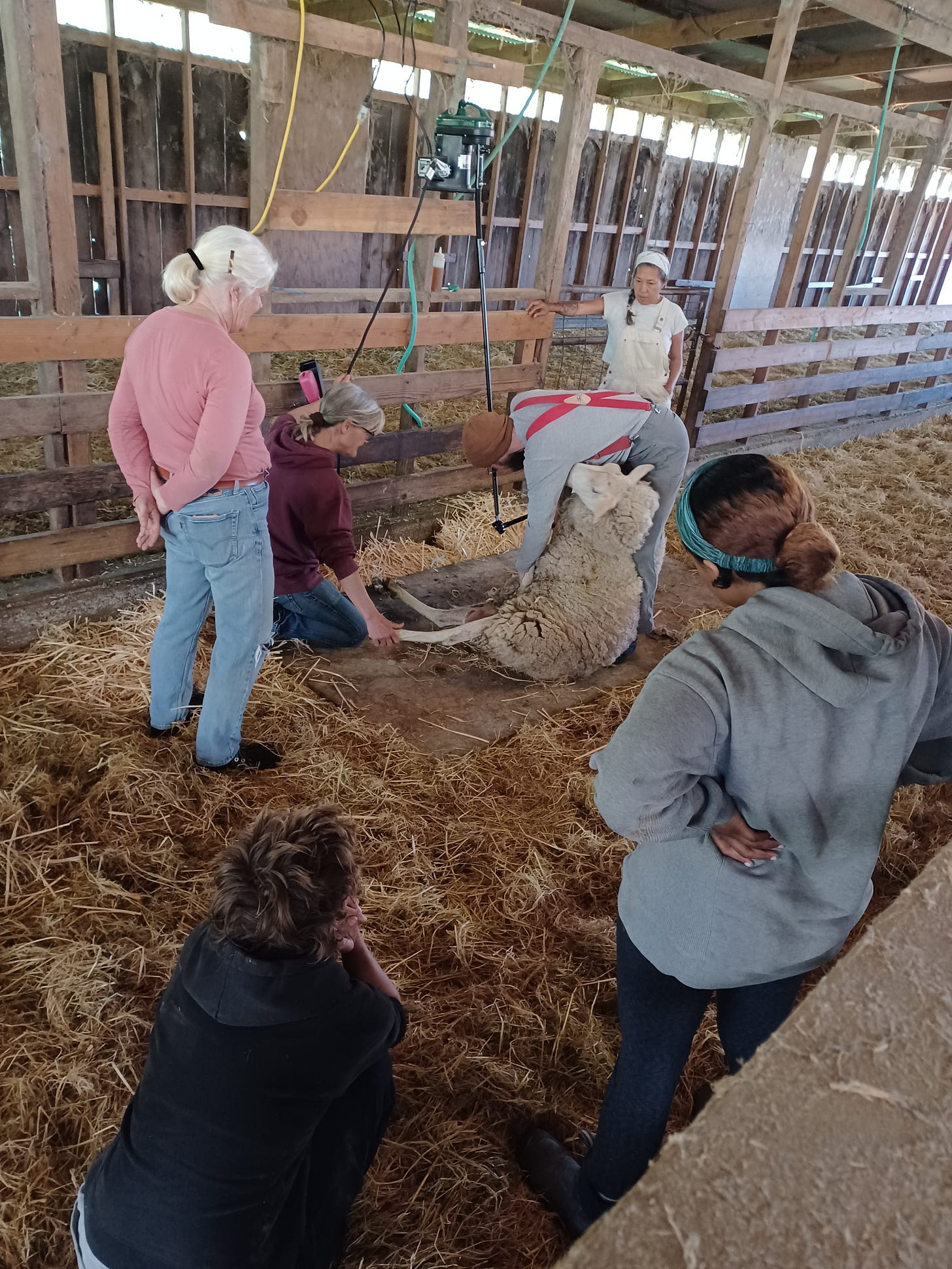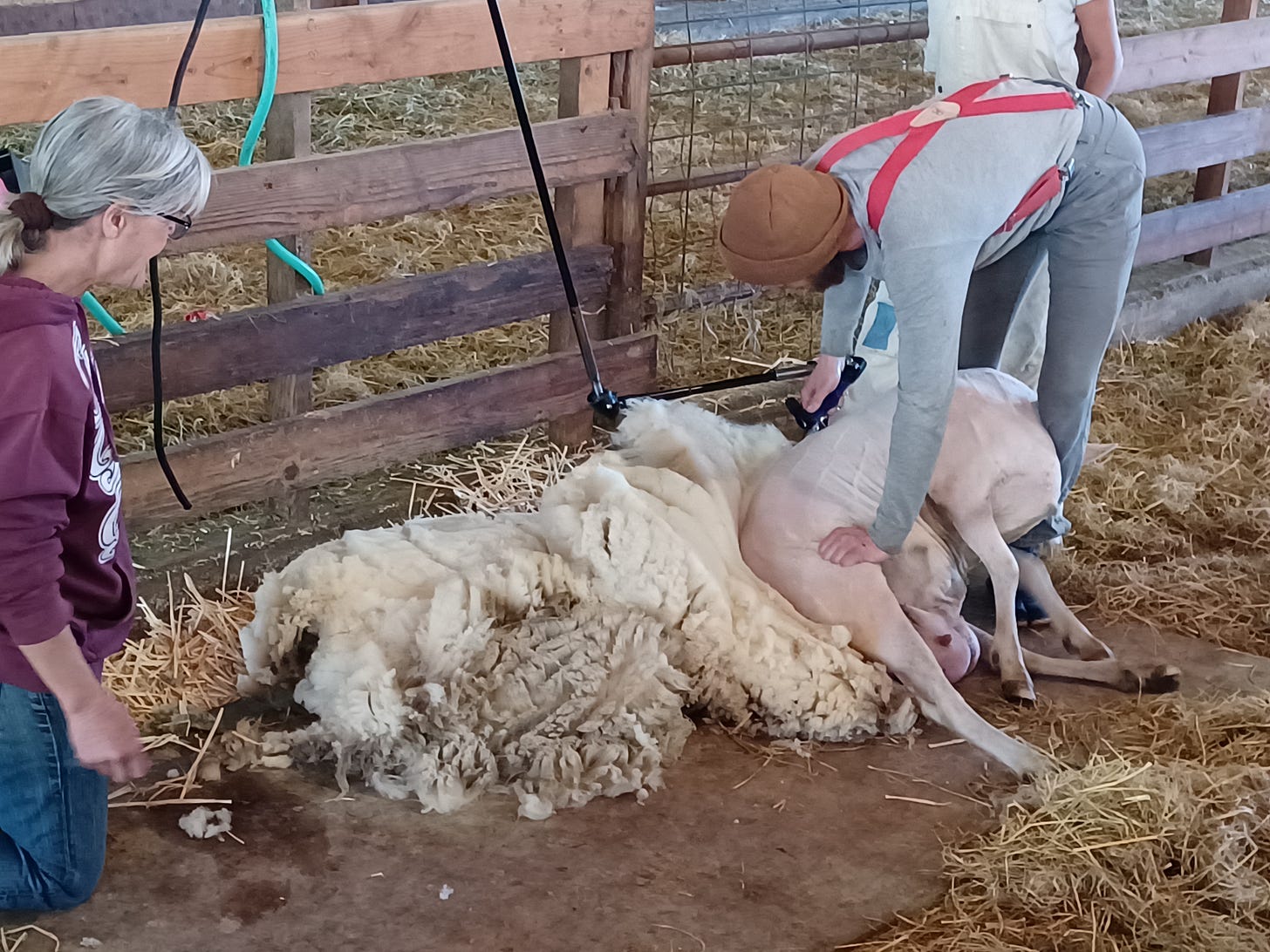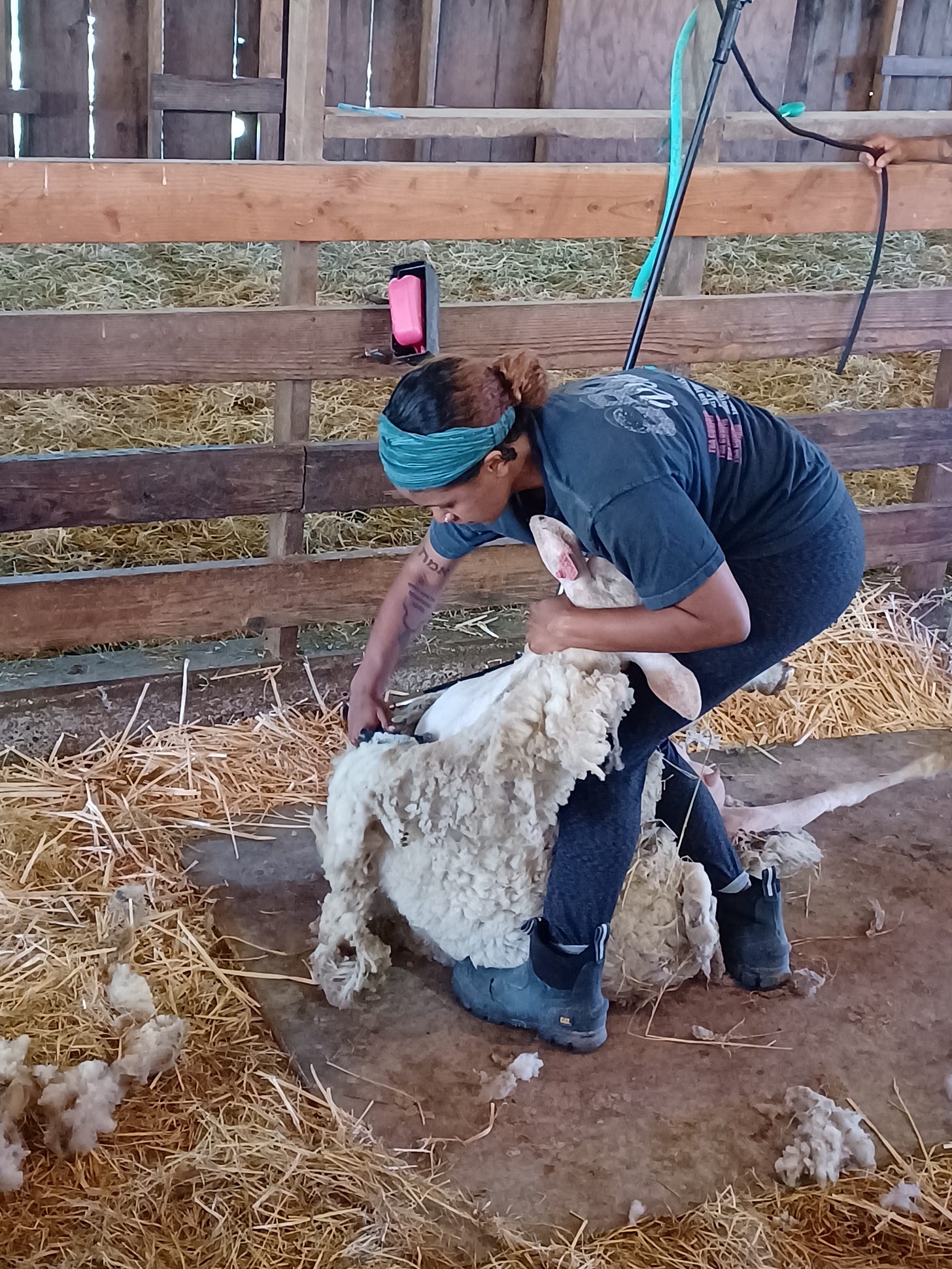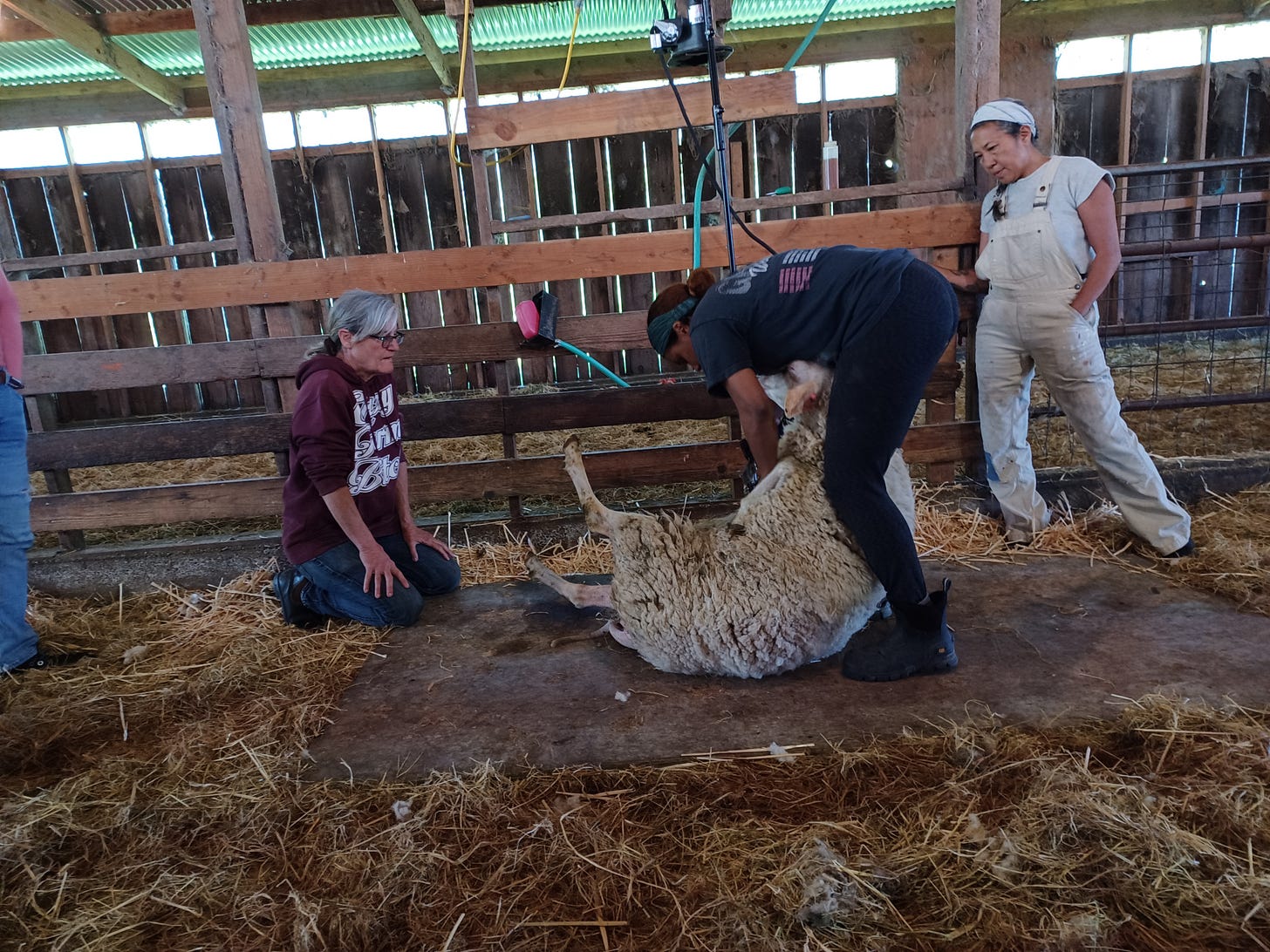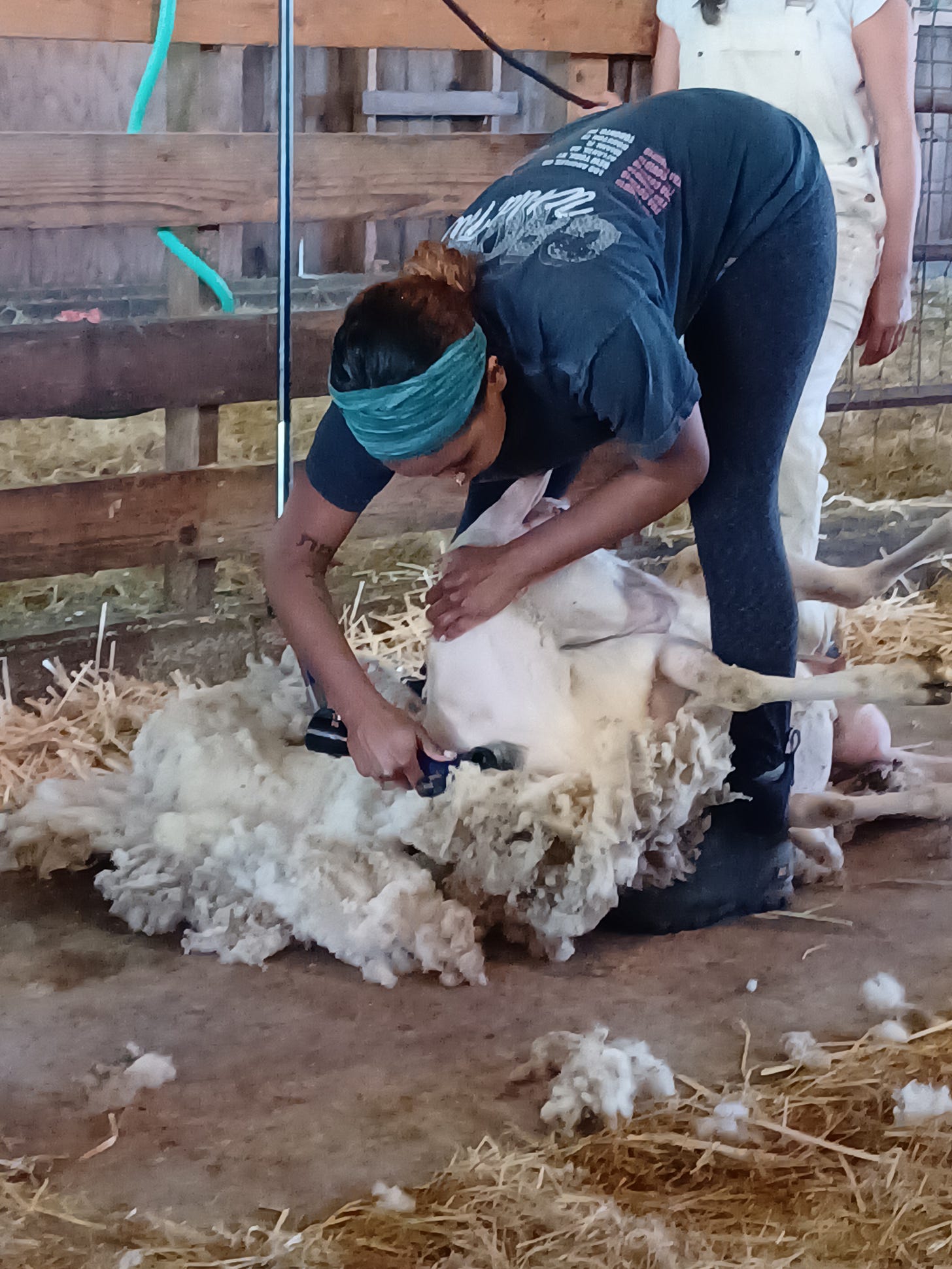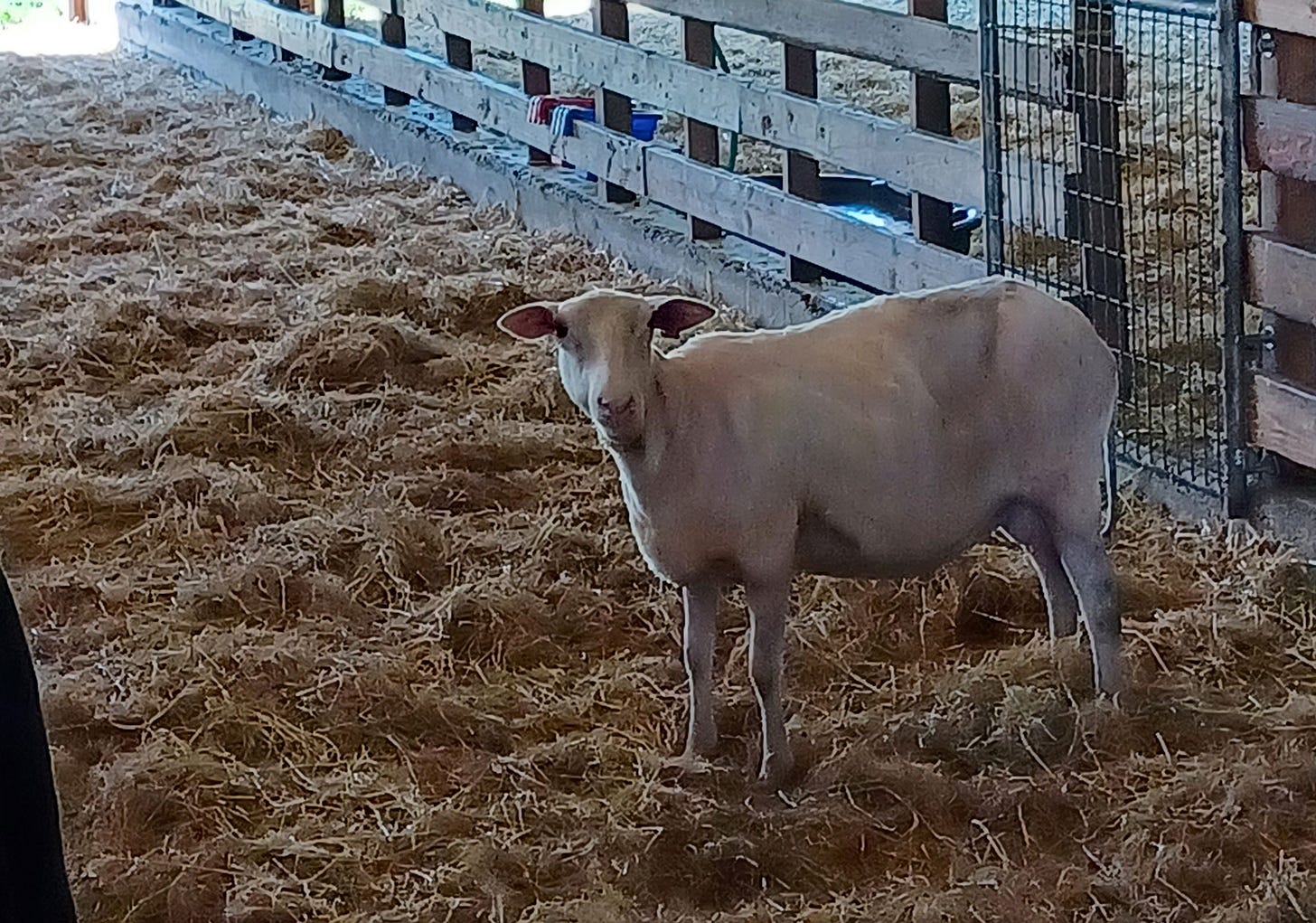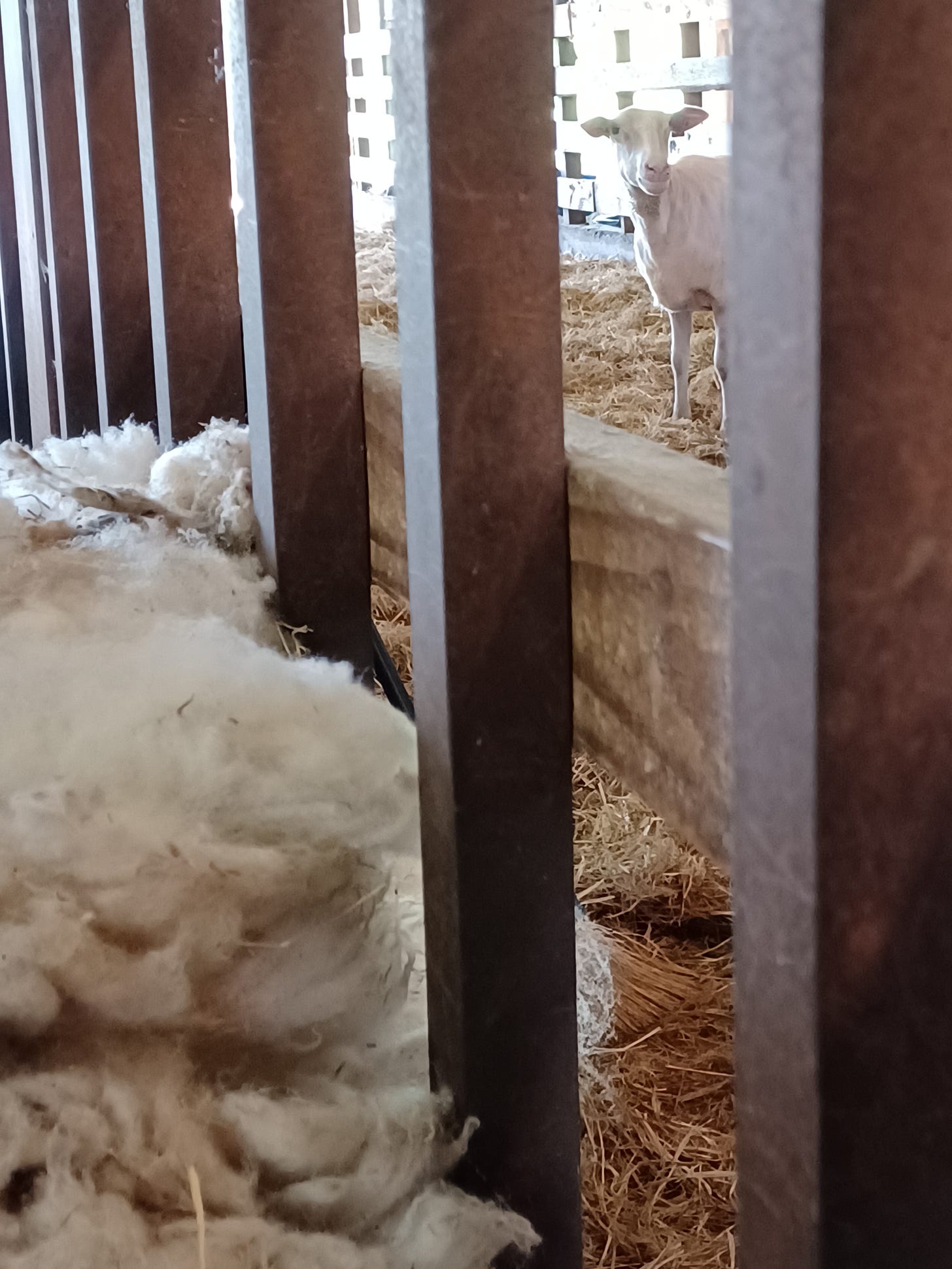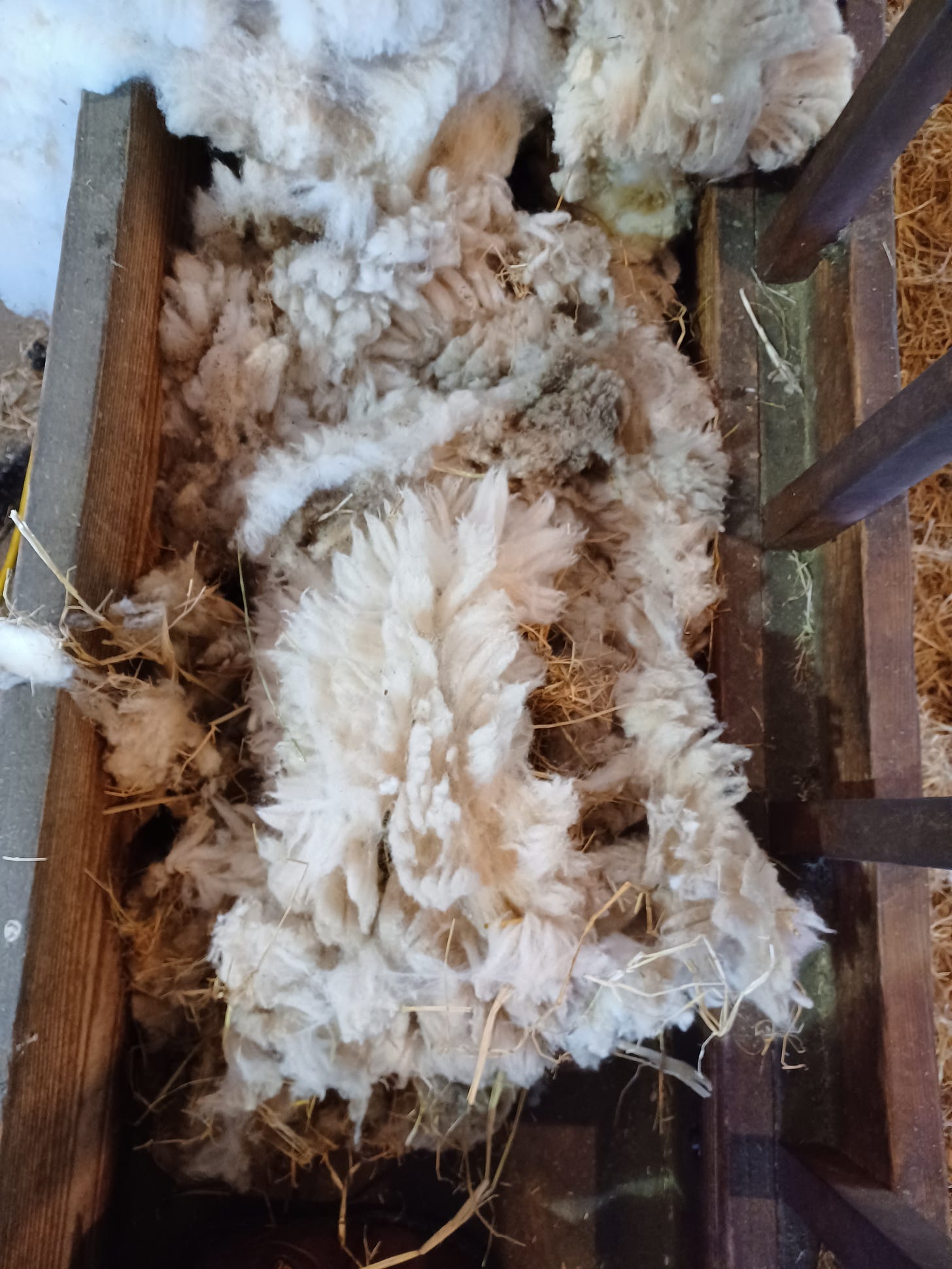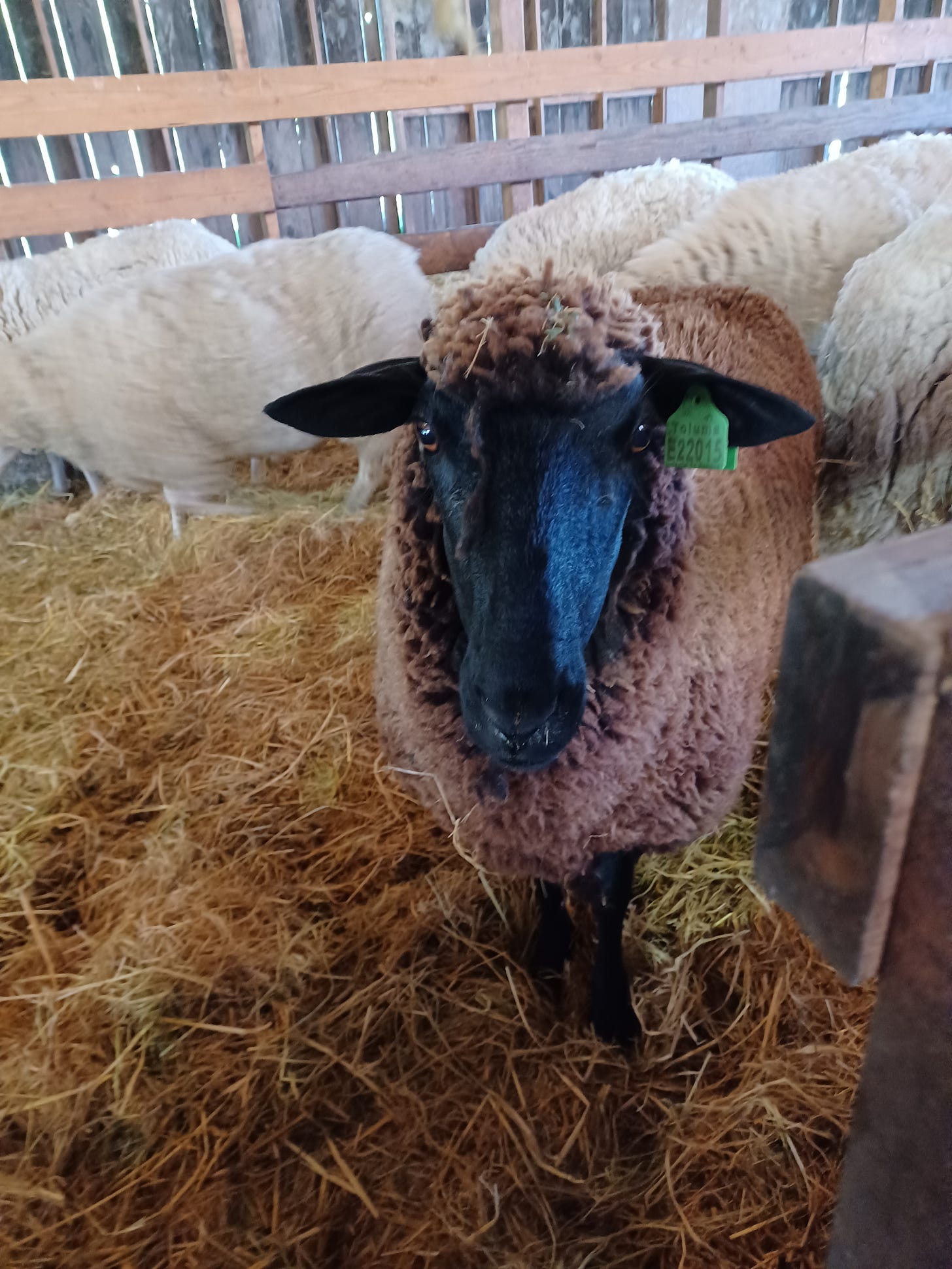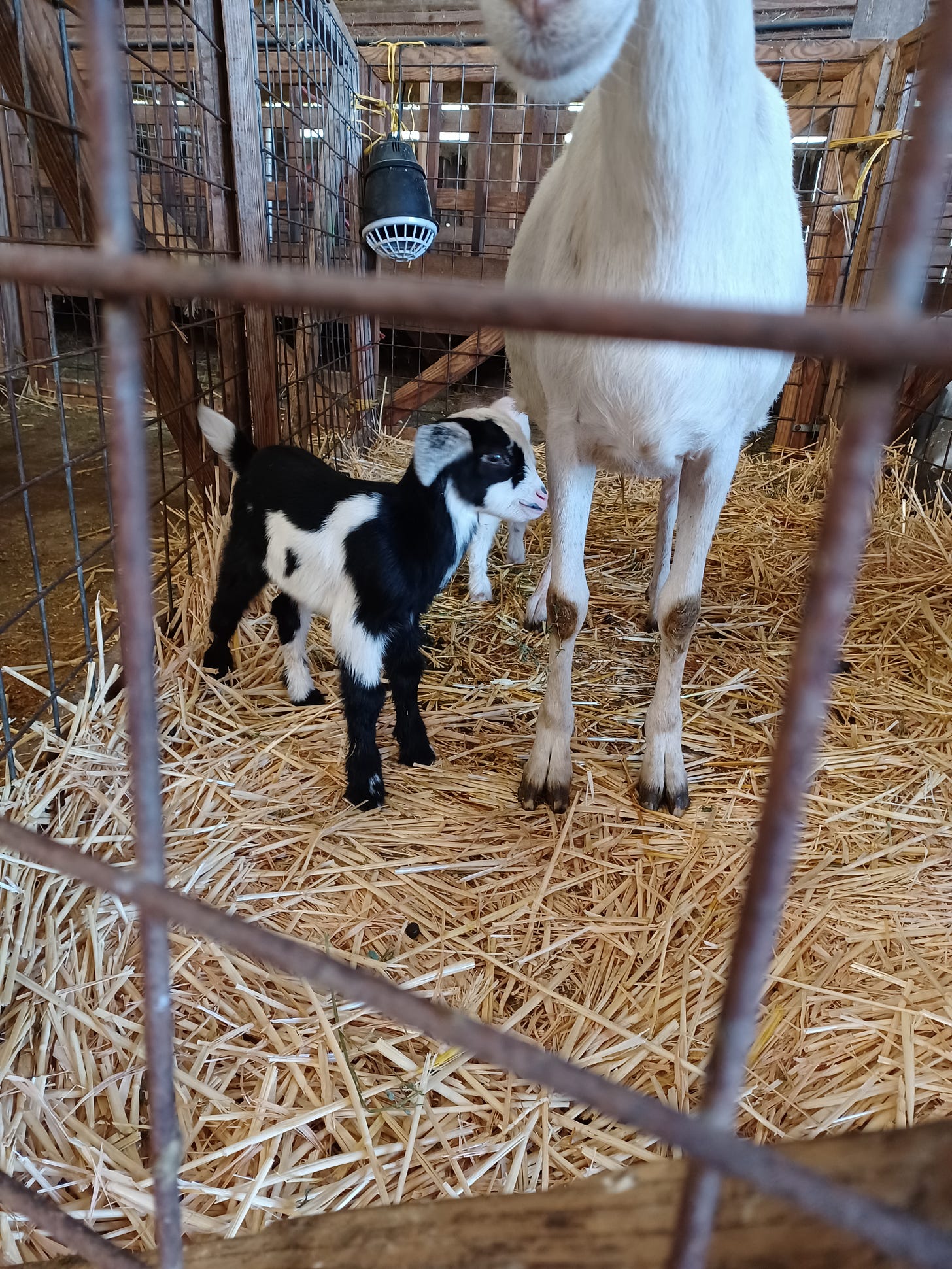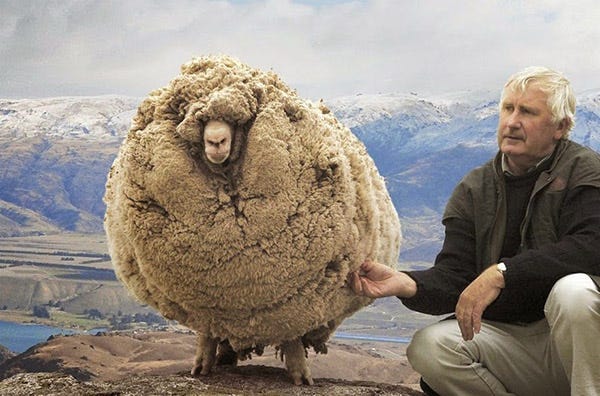Welcome to Wandering Grace. I will be sharing essays exploring the themes of place and (be)longing every other Thursday, and bonus snapshots from the road on the weeks in-between. Read more about the project here. See an archived list of essays in-order here.
This week, we return to my Migration Tour / Healing Pilgrimage map, where we are leaving the Bellweather portal via a stop in Petaluma. I had a different essay planned about Petaluma, but I’m feeling salty about the themes of economic class, am still researching ‘wetiko’, and gonna take my ‘Sweet Time’🎶 with that one…so instead, you are going to get sheep(!) today.
The weekends before and after Bellweather feel like multiverse jumping because Bellweather is such an immersive experience so different from city life.1 But also because different realities co-exist in our day-to-day all the time.
I recognize these rolling farmlands that abound in current-day Sonoma County, the ancestral lands of the Coast Miwok and Graton Rancheria peoples. It’s the backwards grok of a city kid finally seeing the inspiration for the illustrated packaging on Stonyfield Yogurt and Clover Sonoma whole milk. brontë says it’s like the Windows screensaver images. Driving alongside picturesque cow-dotted green-colored hills on two-lane farm roads,2 we pull to an abrupt stop and idle the engine to ogle four vultures standing in a row on a series of wooden posts with their wings outstretched, in what looks like some dark ceremony we can’t decipher.
As we drive away from the vultures, brontë shares their dream of doing a long long walk one day, herding a flock of goats across land over multiple geographies. They have taken fiber and shearing classes, and are planning to put a spinning wheel into the new barn that’s being built on the land at Bellweather. Today, I’m tagging along with them to a nearby goat and sheep dairy, which is a whole ‘nother world in and of itself.
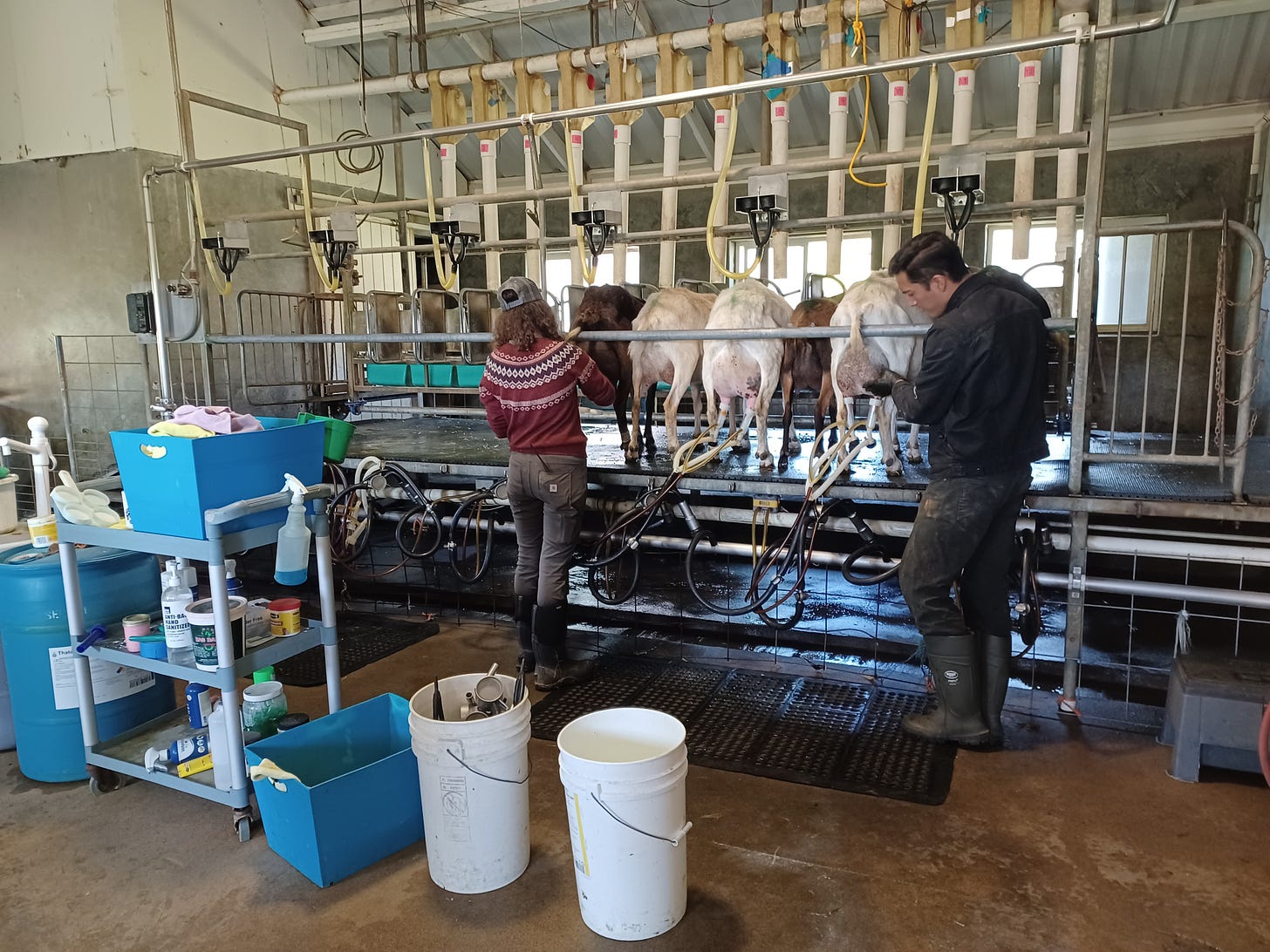
Today, brontë and their former classmates are practicing their shearing skills on a flock that needs their winter coats got gone.
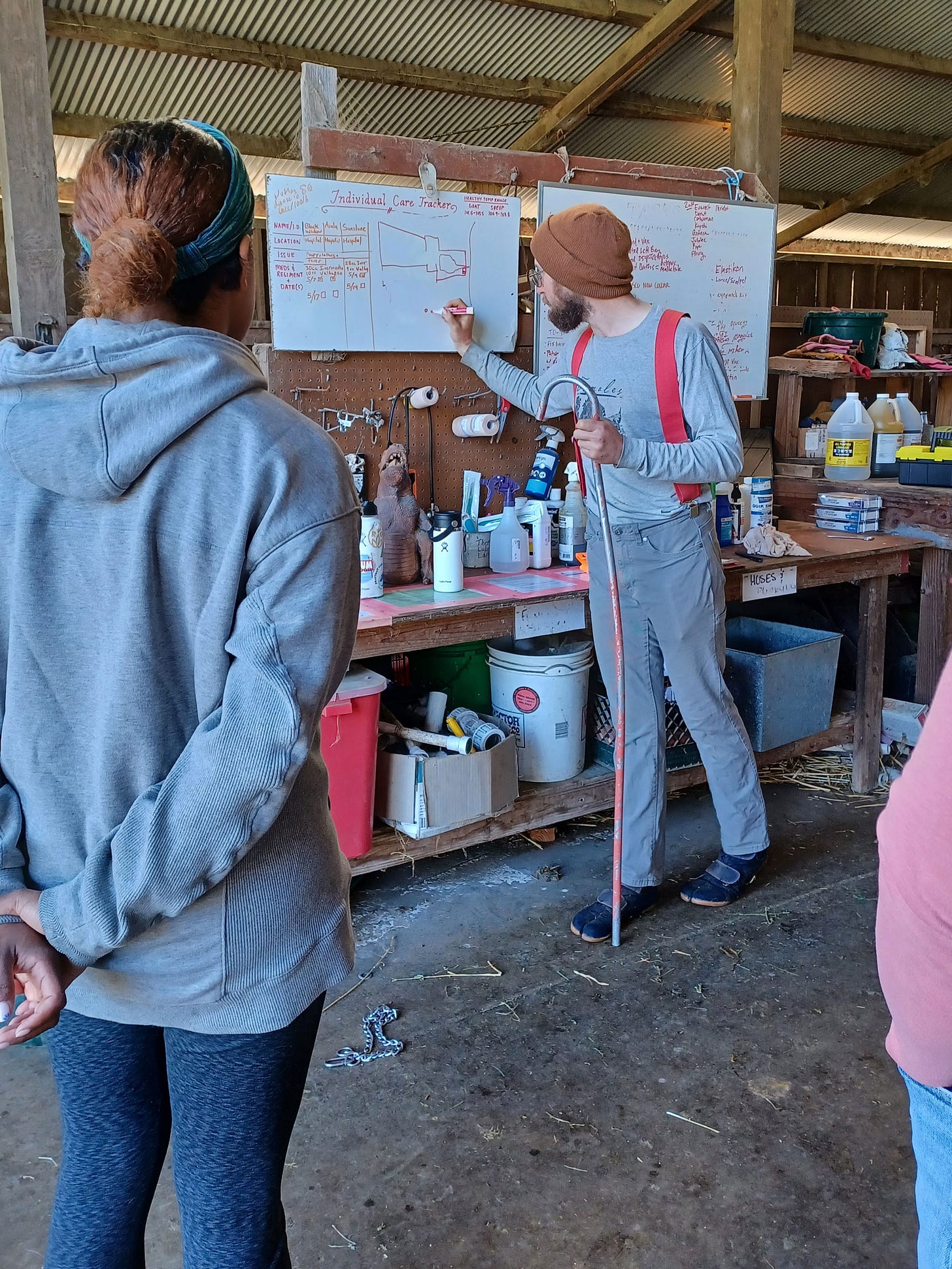
I didn’t realize how physical and how intimate the act of shearing was. There’s a series of positions you flip and wrangle each sheep into, a choreography the direction your blade traces each cut, a set order if you want to get a clean coat off each sheep. (While practicing, and for this set of sheep’s wool, the preserved ‘single coat’ was less important.)
The classmates talk about how this particular shearing technique was developed by tall dudes who had the brute strength to physically flip the sheep around and who were working on large dairies concerned with speed and efficiency. They wonder about other techniques that might be more adaptive and more accessible for more body types — and what other lineages they might learn from, outside/alongside these mainstreams.
Two last bonus photos!
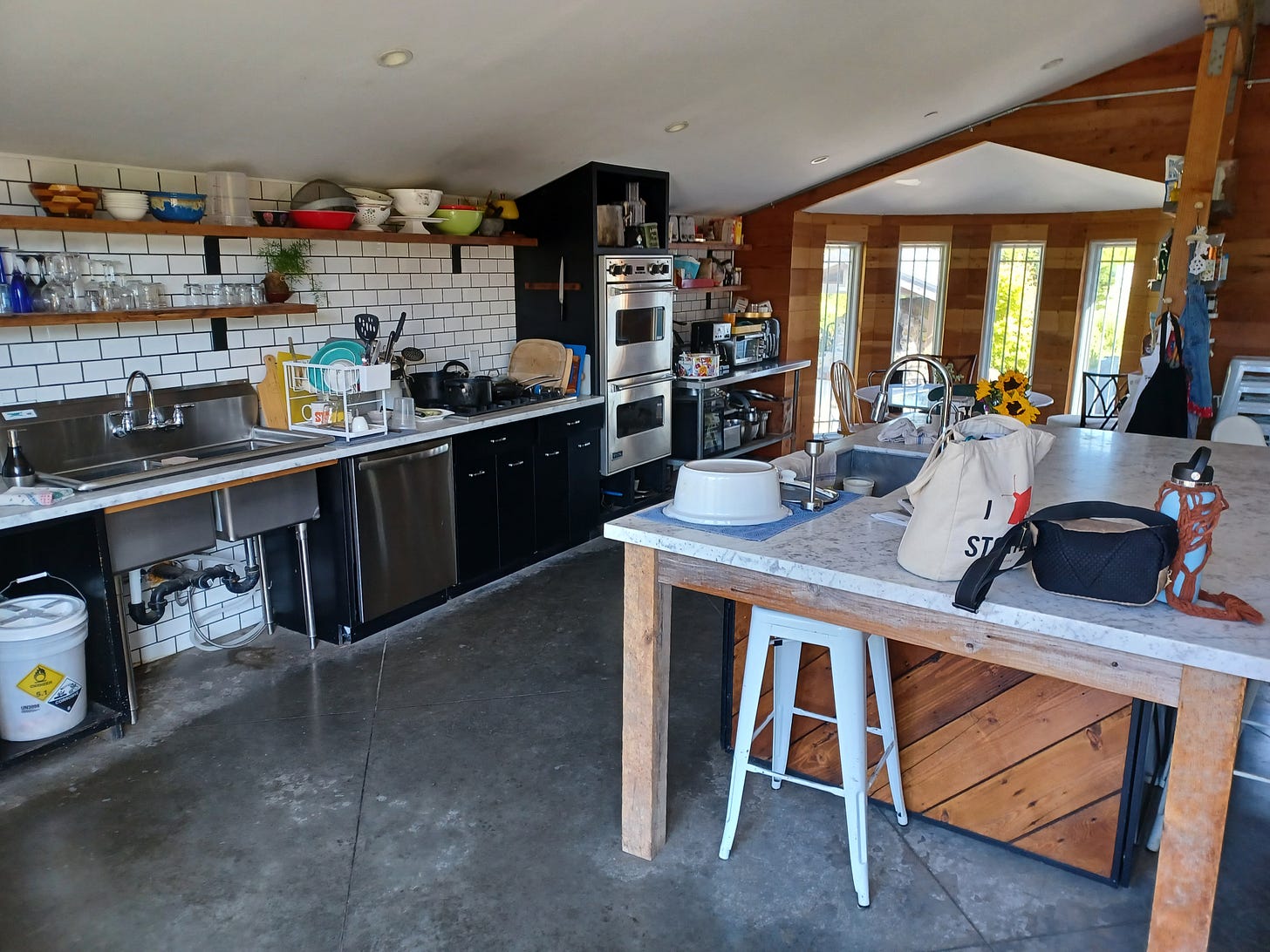
Follow brontë’s shepherding journey on their instagram @littlenows: then and now and onward!
On the train ride between Portland to Albany on the next leg of my Migration Tour, I listened to the Country Queers podcast’s “Ode to Sheep” Part 1, Part 2, and Part 3. Highly recommend!
And for the rebels out there, here’s the story of Shrek the sheep who evaded shearing for 6 years by hiding out in caves when they would come for his wool. ^___^
There is a culture shock that happens after retreats when we encounter modernity again: to go from a week in the woods to a flourescently-lit CVS bursts your bubble of what you assume is ‘normal’. The metal shelves upon metal shelves of gatorade and power bars and fifty kinds of cereal suddenly feel alien, excessive, nonsensical, off. The absurdity of modernity.
Jiordi grew up around here, and you understand some something about someone seeing what they saw as their ‘normal’ backdrop growing up.

